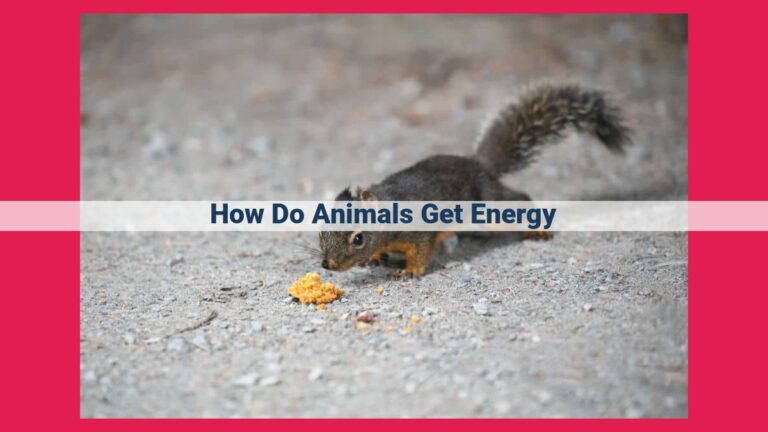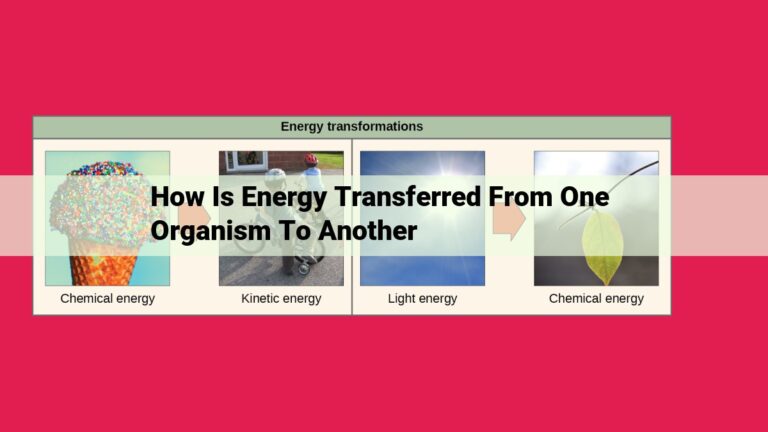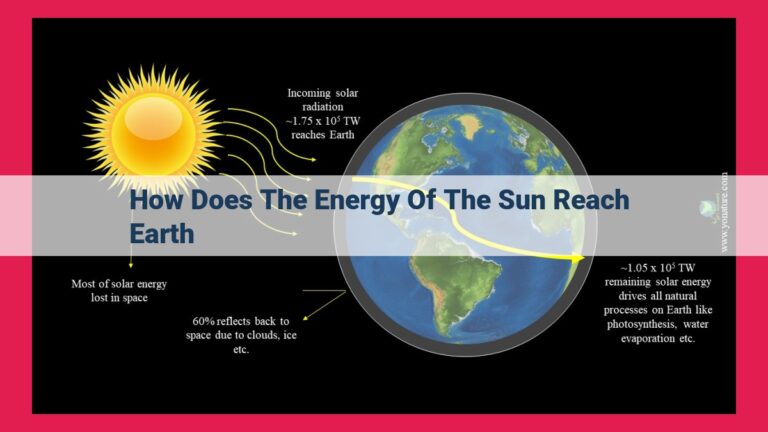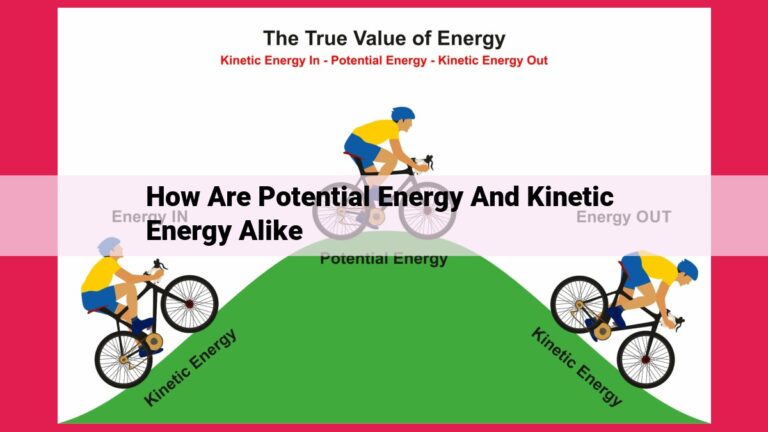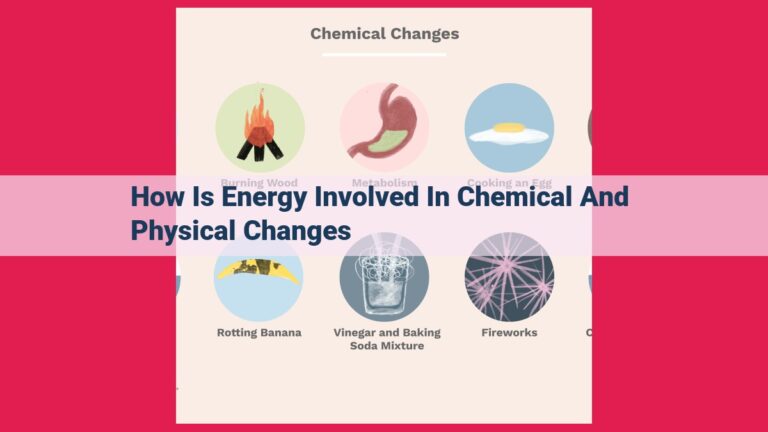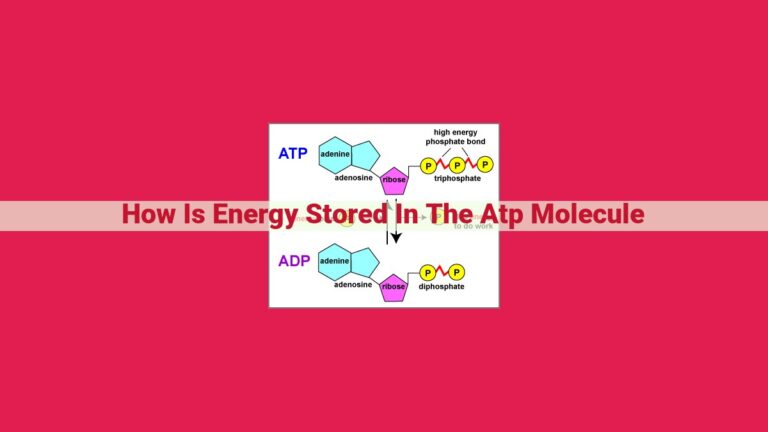Unveiling The Intertwined Nature Of Power And Energy: A Comprehensive Guide To Their Relationship And Significance
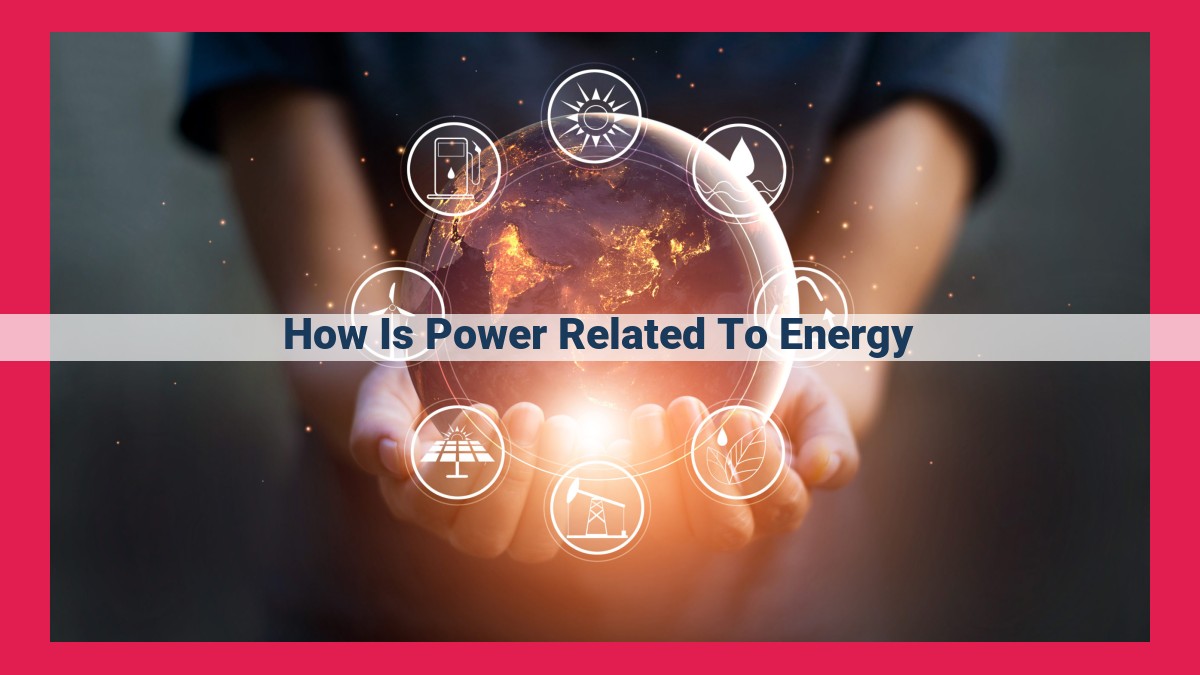
Power and energy, essential concepts in physics, are closely intertwined. Power, measured in Watts, represents the rate of energy transfer, while energy, measured in Joules, signifies the capacity to do work. The power-energy equation, Power = Energy / Time, establishes their relationship, showing that power indicates the rate at which energy is consumed or transferred. Understanding this relationship is crucial in energy efficiency, conservation, and various other applications across scientific fields.
Delving into the Dynamic Duo: Power and Energy
Power: The Force that Drives Change
Power is the rate at which energy flows from one place to another, or the rate at which work is done. It’s like the speedometer of energy, measuring the intensity and pace at which it’s being used or transformed. Without power, nothing in the universe could move, change, or exist. It’s the lifeblood of every process, from the beating of our hearts to the functioning of our electronic devices.
Energy: The Potential for Change
Energy, on the other hand, is the capacity to do work or bring about change. It’s the fuel that powers our world, stored in various forms such as kinetic, potential, and thermal. Energy can be transferred, transformed, and stored, but it can never be created or destroyed, according to the first law of thermodynamics. It’s the fundamental currency of the universe, determining the limits of what’s possible and impossible.
The Intertwined Dance of Power and Energy
Power and energy are inextricably linked, like two sides of the same coin. Power measures the rate at which energy is used or transformed, while energy represents the total amount of work that can be done. Understanding their interconnectedness is like grasping the mechanics of the universe, appreciating the dynamic interplay that drives every aspect of our existence. It’s a keystone to unlocking the mysteries of physics and harnessing the power of the cosmos.
Defining Power: The Rate of Energy Transfer
In the realm of physics, power and energy are two inextricably intertwined concepts that define our world. Power can be understood as the rate at which energy is transferred or consumed. It’s like the speed at which you pour water from a pitcher into a glass. The faster you pour, the greater the power you exert.
Power = Energy / Time
This simple equation reveals the fundamental relationship between power and energy. Power tells us how much energy is being transferred per unit of time, while energy represents the total amount of work that can be done. Think of it this way: if you have a certain amount of water in a tank, the higher the power of the pump, the faster you can empty the tank.
Power is measured in Watts (W), named after the Scottish engineer James Watt. A Watt represents one Joule of energy transferred per second. So, a light bulb that consumes 100 Watts is using 100 Joules of energy every second it’s turned on.
Understanding the concept of power is crucial in various applications. From designing efficient engines to optimizing energy consumption in homes and industries, knowing how to measure and control power is essential for maximizing performance and minimizing waste.
Exploring Energy: The Capacity to Do Work
Energy is a fundamental concept in physics, representing the ability to do work. It’s the driving force behind all processes and phenomena in the universe, from the flow of electricity to the growth of plants.
Units of Energy
The standard unit of energy in the International System of Units (SI) is the Joule (J). Named after the English physicist James Prescott Joule, one Joule is defined as the amount of energy transferred or work done when a force of 1 Newton is applied over a distance of 1 meter.
Relationship to Power
Power represents the rate of energy transfer. It measures the amount of energy that is transferred or used per unit time. The relationship between power (P), energy (E), and time (t) can be expressed as:
Power = Energy / Time
For example, if a light bulb consumes 100 Joules of energy in 1 second, its power is 100 Watts (100 J / 1 s). Understanding this relationship is crucial for calculating energy consumption and efficiency in various systems.
Power vs. Energy: Unraveling the Dynamic Duo
In the realm of physics, understanding the interplay between power and energy is paramount. While often used interchangeably, these concepts have distinct meanings that are crucial for comprehending the fundamental workings of our universe.
Power: The Rate of Action
Imagine a runner sprinting across the track. The power generated by the runner represents the rate at which they expend energy, enabling them to propel forward. Measured in Watts, power indicates how quickly energy is being consumed or transferred.
Energy: The Capacity for Work
Now consider the same runner at the starting line. The energy stored in their body represents the total amount of work they can perform. Measured in Joules, energy is like a reservoir from which power draws to execute actions.
Distinguishing Power from Energy: A Tale of Two Fins
To truly grasp the difference between power and energy, think of them as two sides of a coin. Power is like a faucet, controlling the flow of energy. Energy is like the water in the tank, representing the total capacity for work.
While power tells us how fast energy is being used, energy tells us how much is available. For example, a light bulb with a higher wattage uses energy more rapidly, consuming it at a faster rate. Conversely, a battery with more energy can power the bulb for a longer duration.
By understanding the distinct roles of power and energy, we can make informed decisions about energy conservation and efficiency. For instance, using energy-efficient appliances with lower wattage reduces our energy consumption without affecting the rate of work performed.
Unveiling the Power-Energy Equation: Unraveling the Interplay between Rate and Capacity
Power and energy, two fundamental concepts in physics, are intricately intertwined like partners in a cosmic dance. Power, the rate at which energy is transferred, and energy, the capacity to perform work, are integral to understanding the dynamics of our universe.
The Mathematical Bond: Power = Energy / Time
The equation that binds power and energy together is a testament to their inseparable nature: Power = Energy / Time. This equation reveals that power is directly proportional to energy and inversely proportional to time.
Real-World Examples: Unifying Theory in Action
Consider the humble light bulb. Its power rating (in Watts) tells us how quickly it consumes energy to produce light. A 100-Watt bulb converts 100 Joules of energy into light every second. Conversely, a 200-Watt bulb does the same work twice as fast, consuming 200 Joules of energy per second.
In the realm of renewable energy, solar panels illustrate this relationship. They convert sunlight into electricity, with their power output (in Watts) determined by the amount of sunlight striking their surface. The more sunlight, the higher the power output.
Impact of Power Changes: A Cascade of Consequences
Changes in power have a cascading effect on energy consumption. Increasing power increases energy consumption, while decreasing power reduces consumption. This principle applies to everything from electric motors to personal computers.
Imagine a household appliance with a power rating of 1,000 Watts. If it operates for one hour, it consumes 1,000 Joules of energy. By reducing its power rating to 500 Watts, its energy consumption for the same hour drops to 500 Joules, effectively halving its energy usage.
Understanding the power-energy equation is crucial for optimizing energy efficiency and promoting sustainability. By harnessing this relationship, we can make informed choices about our energy consumption, reduce our carbon footprint, and create a more sustainable future for generations to come.
